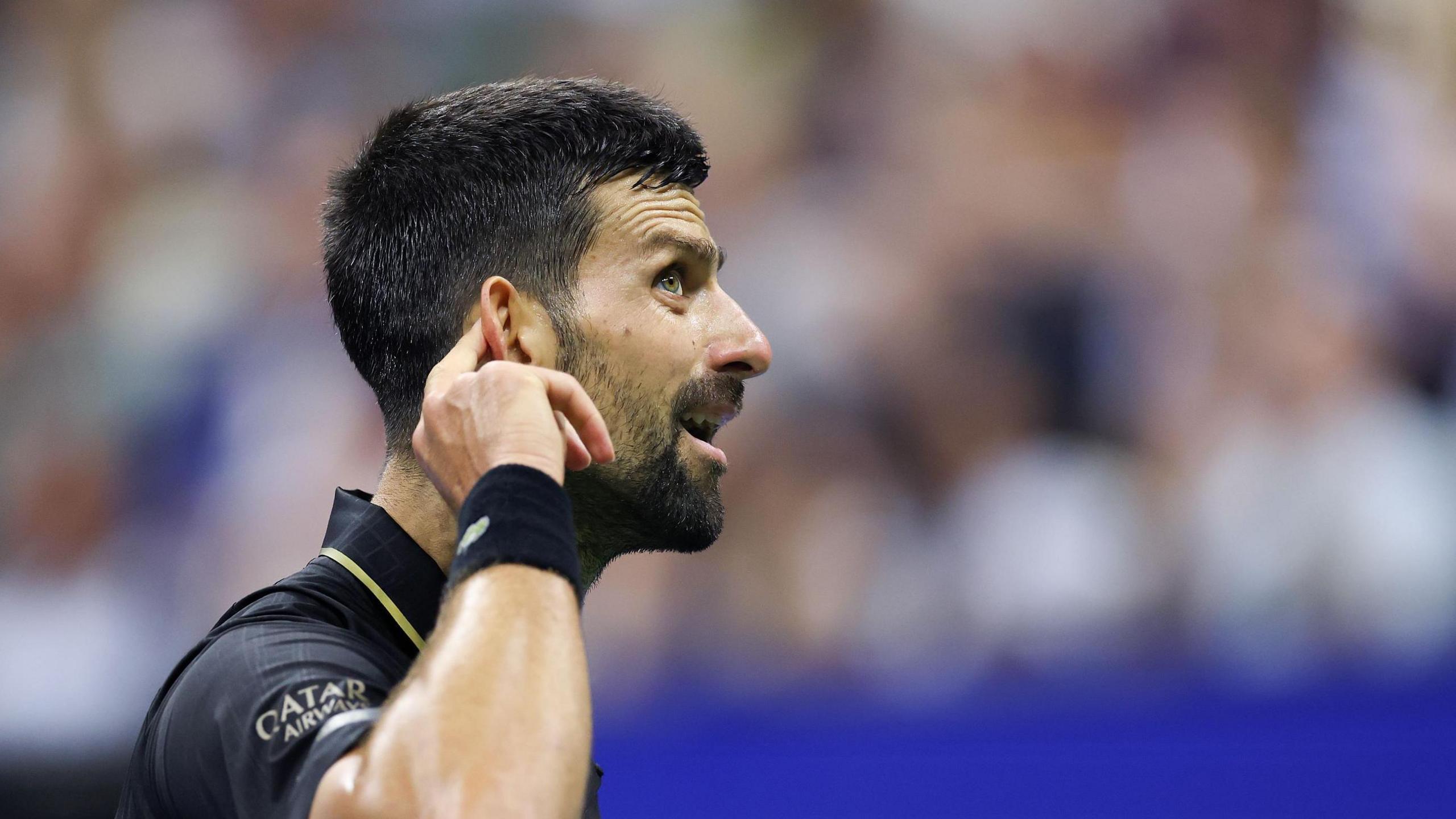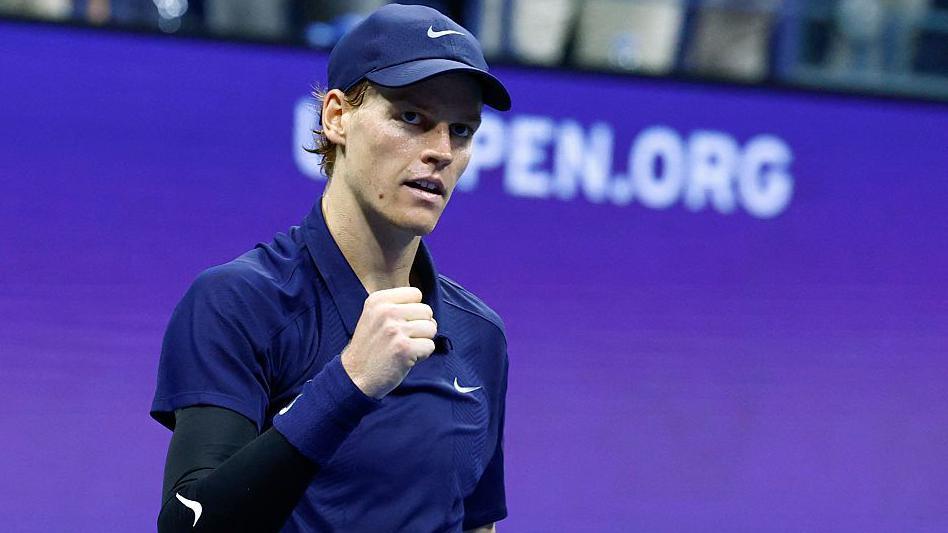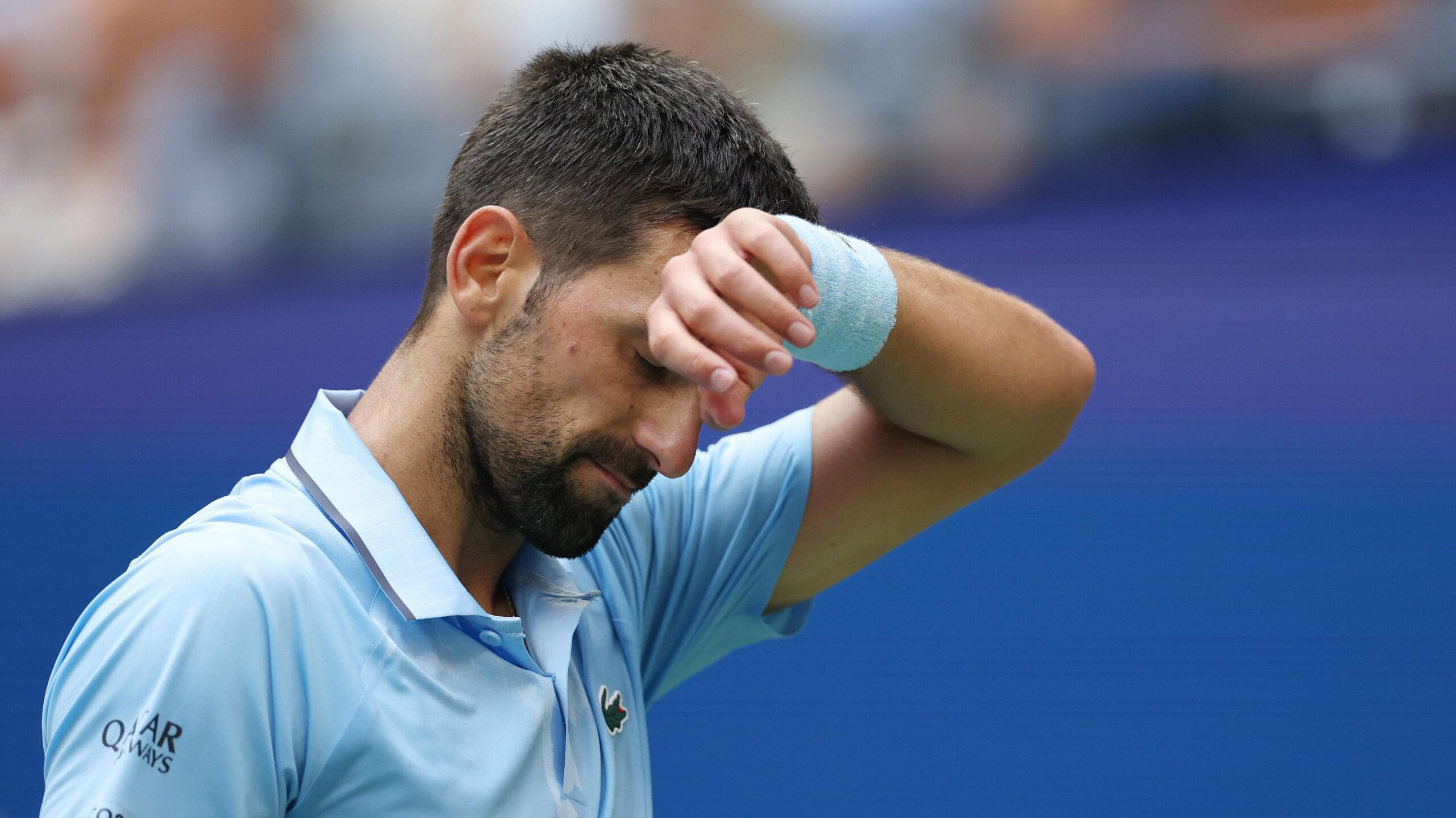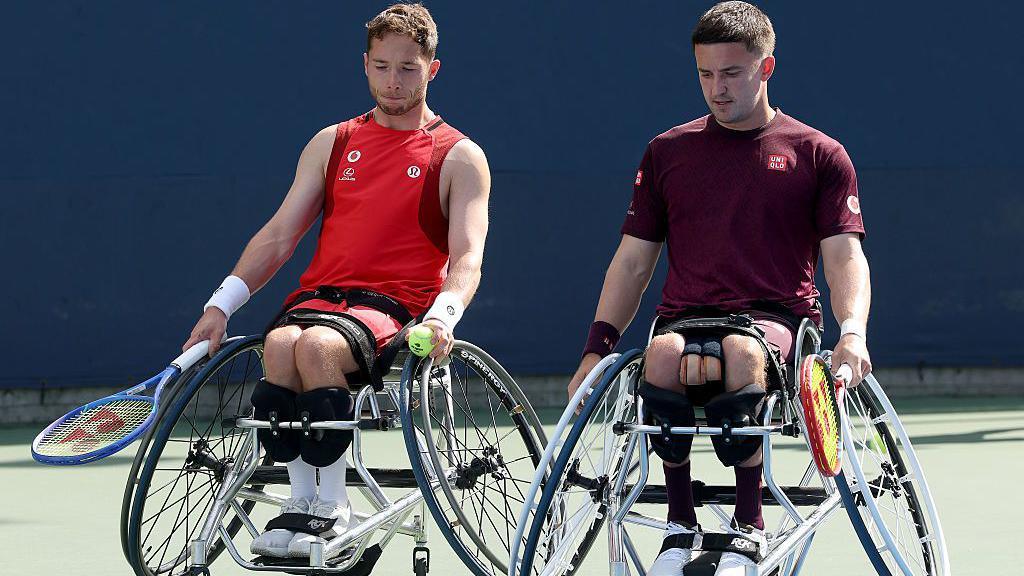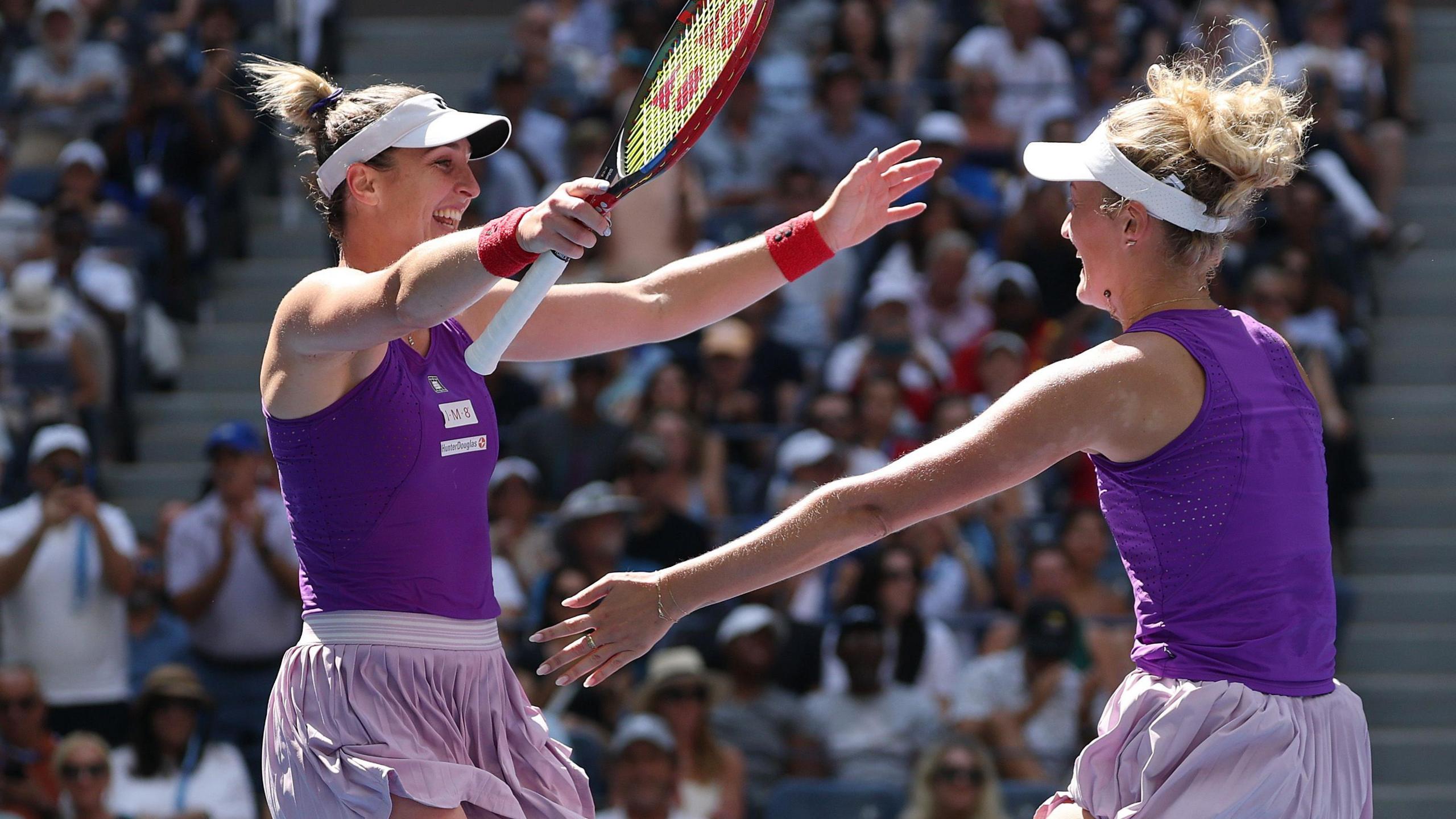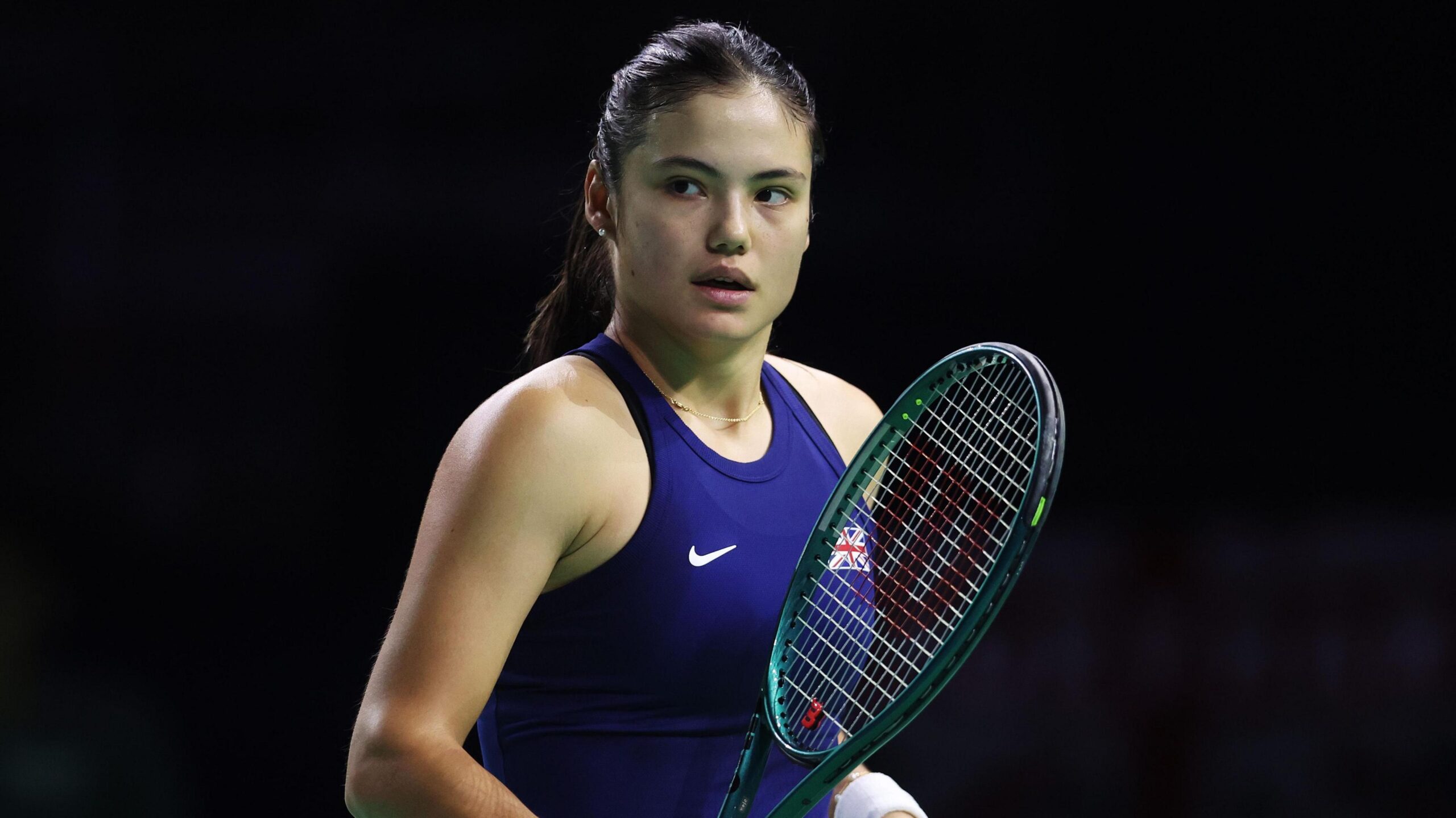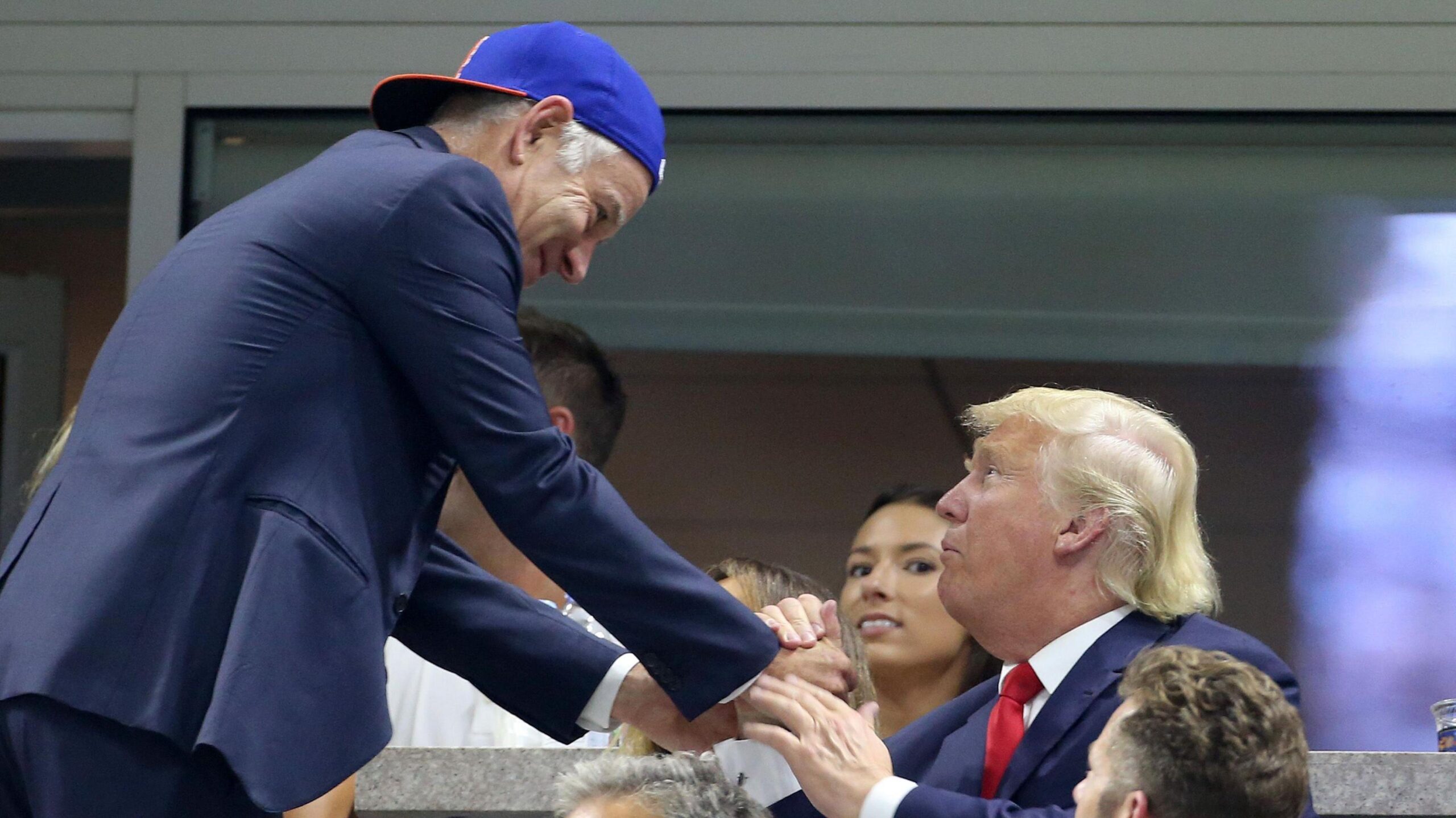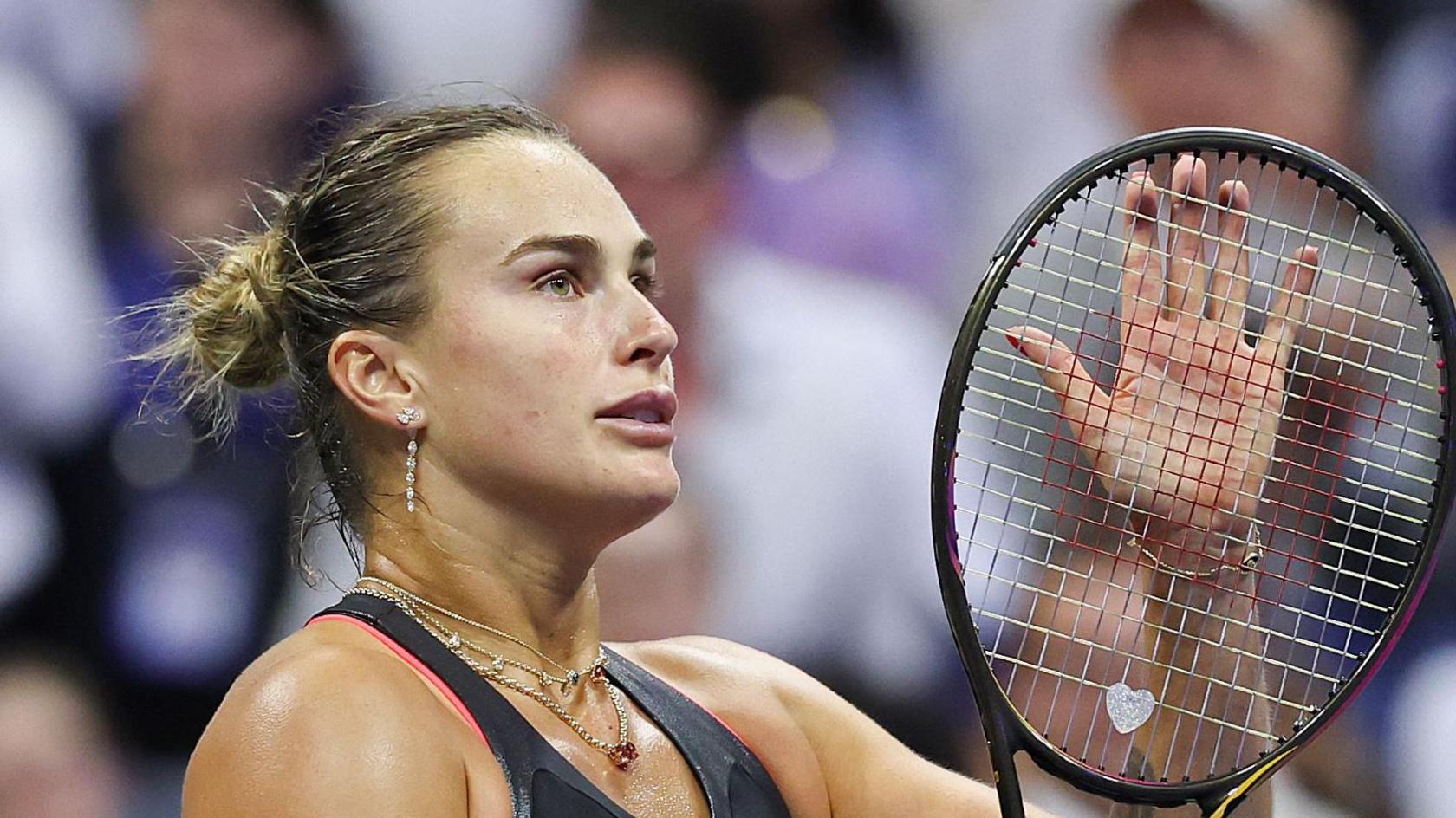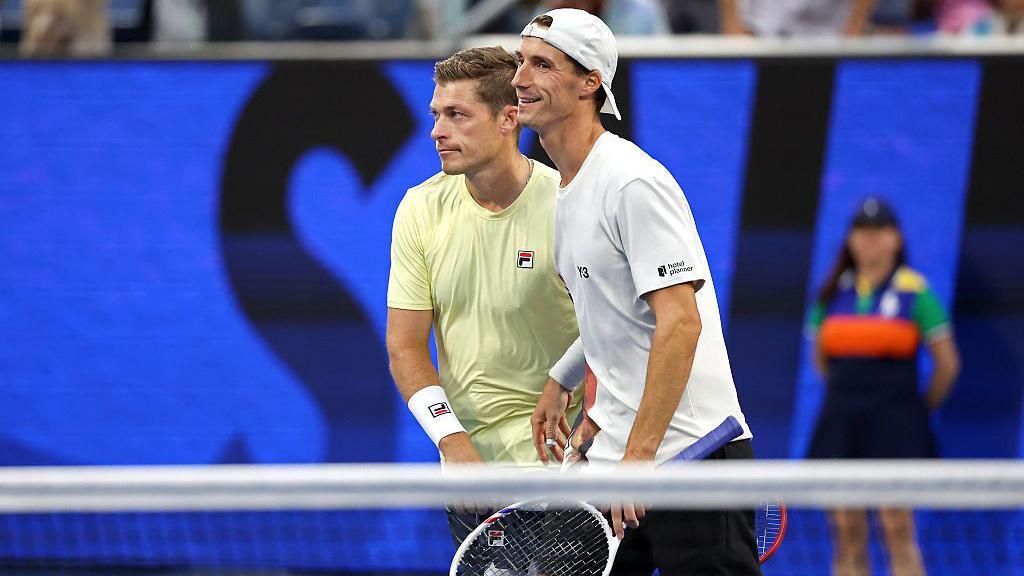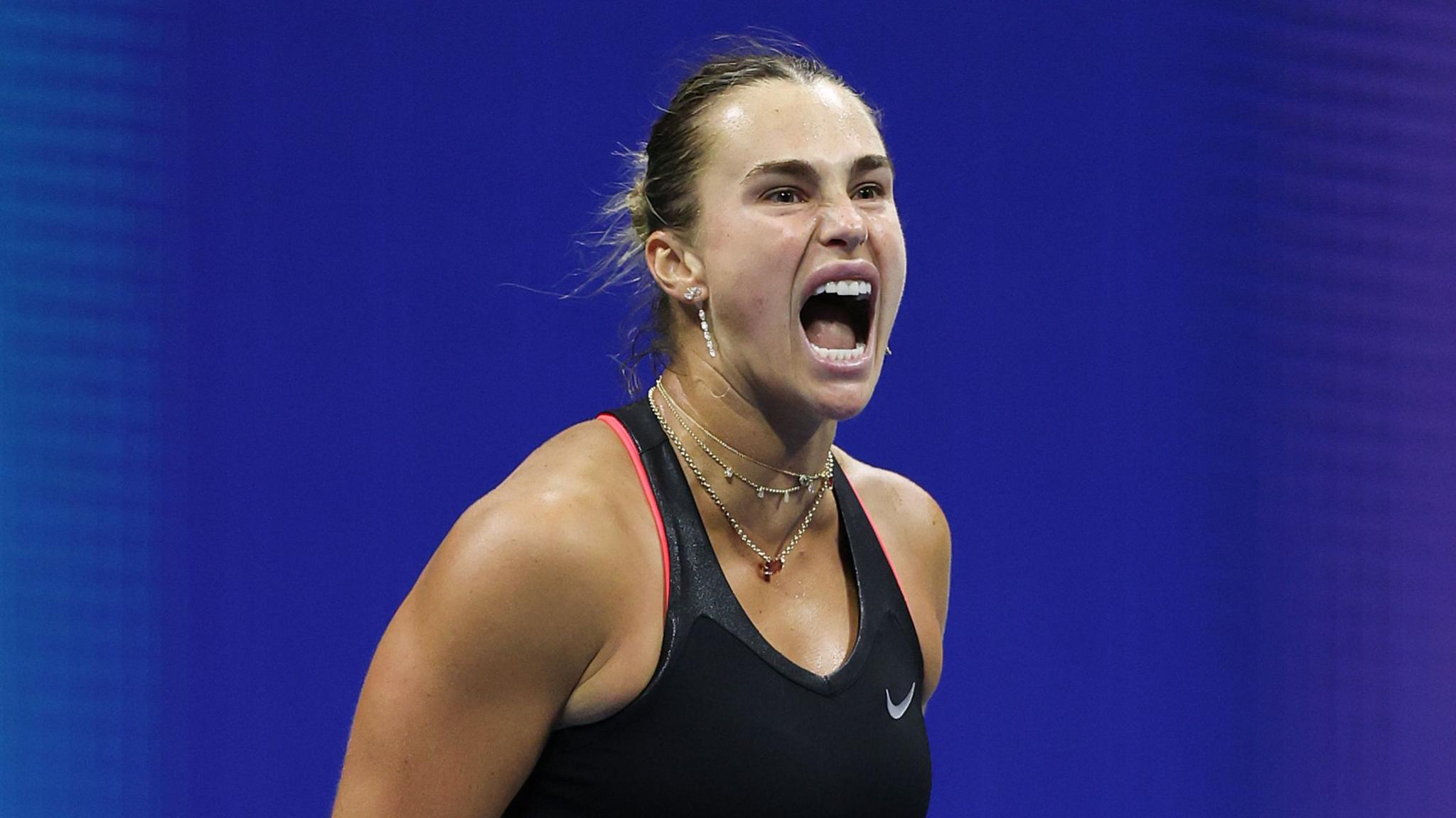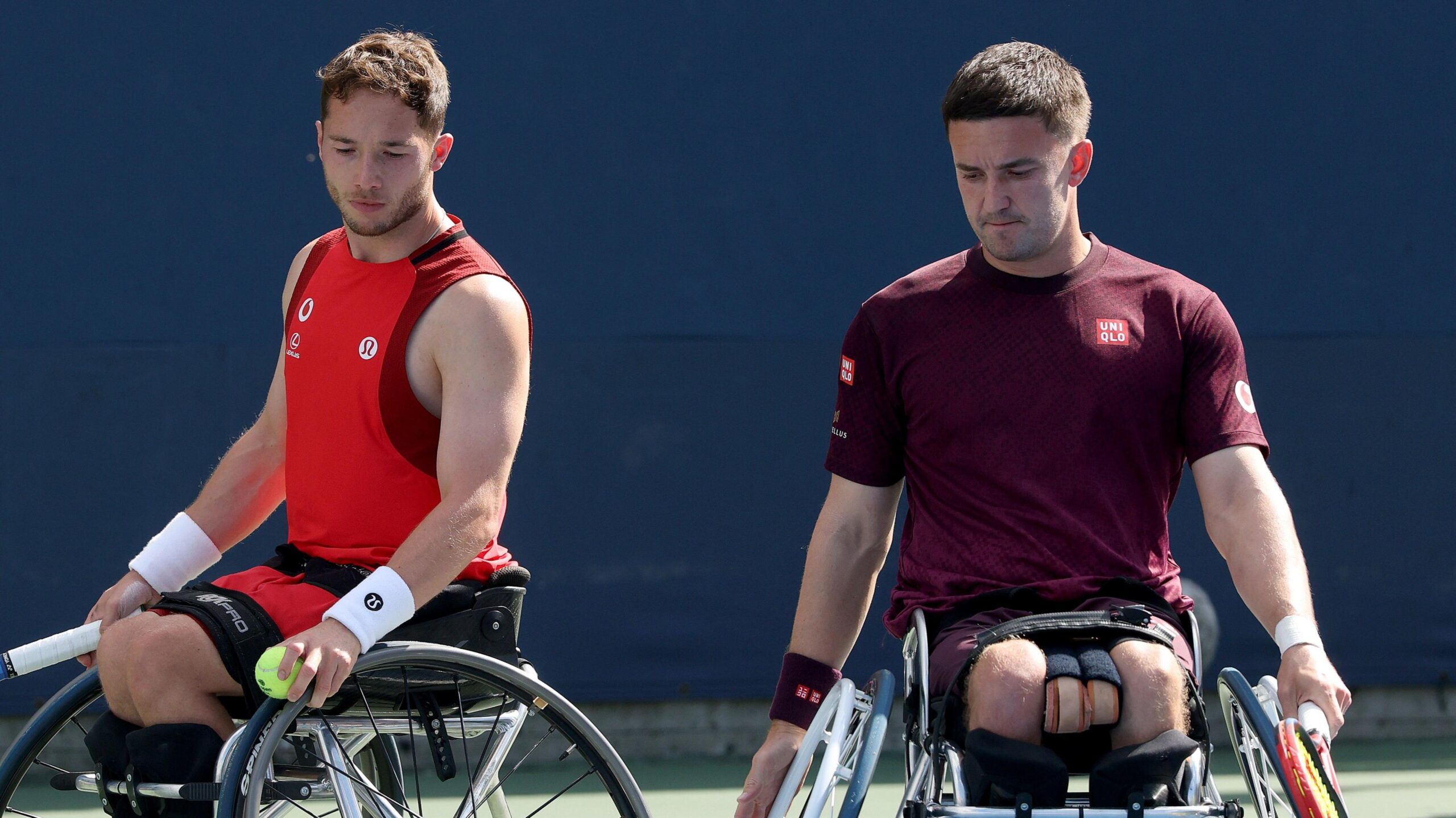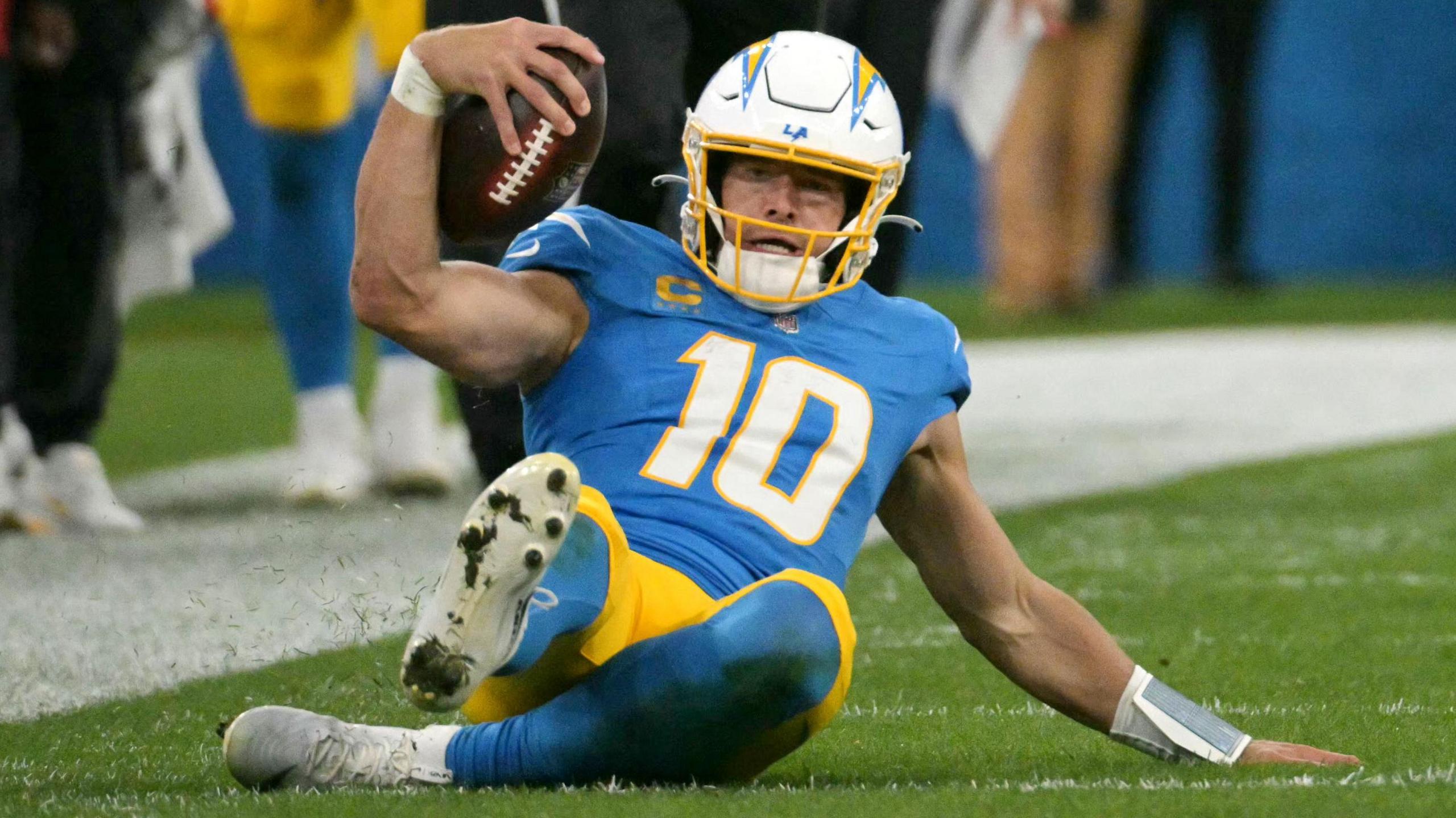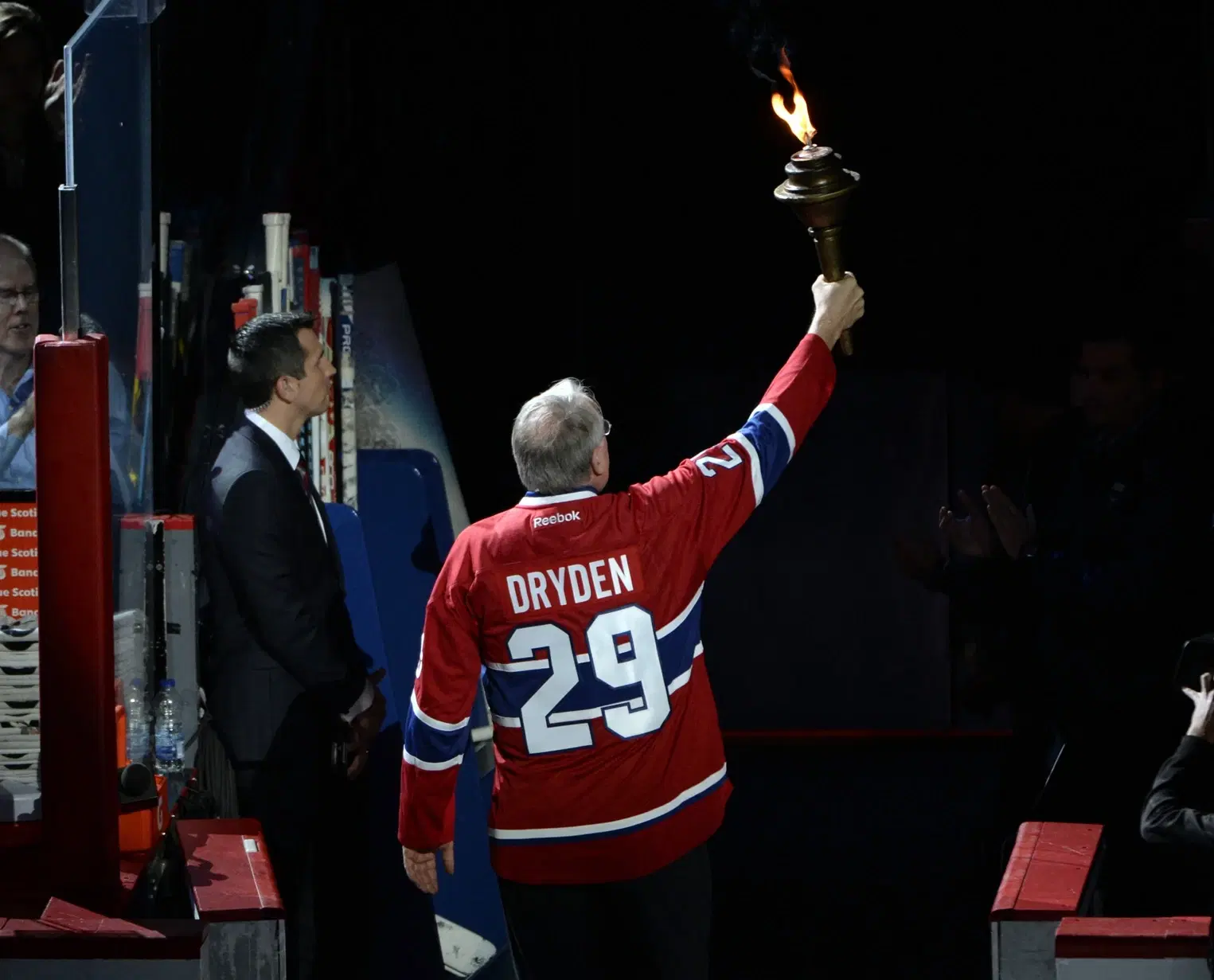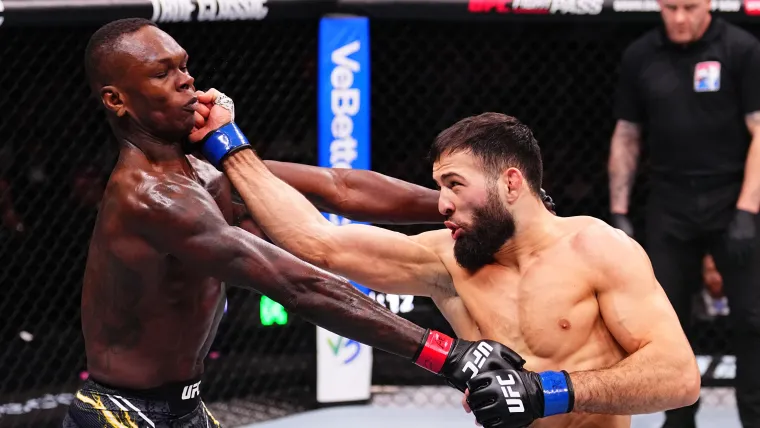-
7 hours ago
US Open 2025
Venue: Flushing Meadows, New York Dates: 24 August-7 September
Coverage: Live radio commentaries across 5 Live Sport and BBC Sounds, plus live text commentaries on the BBC Sport website & app
Third-wheeling is nothing new to Novak Djokovic.
When the 38-year-old first emerged as a force in the late 2000s, he was the outsider looking to break up the cosy coupling of Roger Federer and Rafael Nadal.
Nearly 20 years later, Djokovic again finds himself squeezed out at the top of the men’s game.
Jannik Sinner and Carlos Alcaraz – both closer to Djokovic’s 11-year-old son Stefan in age than to the Serb himself – are the latest pair dominating the sport.
If Djokovic is going to defy expectation – and logic – by winning the US Open title, he will have to beat second seed Alcaraz in Friday’s semi-finals and then possibly top seed Sinner in Sunday’s showpiece.
“Everybody is probably expecting and anticipating the final between the two of them,” said Djokovic, who has reached the semi-finals at all four majors this year.
“I’m going to try to mess up the plans of most of the people.”
Djokovic not only caught the two uncatchable men in Federer and Nadal – he surpassed them both.
Now he is known as the greatest of all time, with 24 major titles, 40 Masters victories and 428 weeks as world number one to his name.
The desire to play gooseberry remains as strong as ever.
The fire burns – but the body aches
Sinner, 24, and Alcaraz, 22, have carved up the past seven Grand Slams between them, with nobody else winning a major since Djokovic at the 2023 US Open.
Going into the final major of the year, few predicted Djokovic – or anyone – could prevent Sinner and Alcaraz from completing another calendar sweep.
But seventh seed Djokovic and Canada’s Felix Auger-Aliassime, competing in his second Grand Slam semi-final, are the only two left standing in their way.
Djokovic might still possess an extraordinary talent, pedigree and will to win but, as age catches him up, he no longer has the vitality he once did.
Physical issues have been apparent in New York, although he has always found a way to win.
“It’s not going to get easier, I tell you that,” Djokovic said after Tuesday’s quarter-final win over Taylor Fritz.
“The next couple of days is really key for me to get my body in shape and ready to battle five sets if it’s needed.”
Djokovic had the added benefit of two days to recover between his quarter-final and semi-final matches, opting not to practice on either Wednesday or Thursday.
Recently-retired American player Ryan Harrison hit with Djokovic before the Fritz match, seeing the veteran’s “remarkable” fitness levels close up.
“At this stage of his career, he talks a lot about wanting his body to be ready to go,” Harrison told BBC Radio 5 Live.
“Before hitting with him, he was in the gym getting ready and the warm-up was at least 45 minutes.
“He spent more time getting ready for the hit then we did out there.”
Djokovic has showed he can go to another level against Alcaraz when he needs to.
In August 2024, he bulldozed the Spaniard in a Olympic final played over three sets and showed remarkable courage to beat Alcaraz in January’s Australian Open quarter-final despite being hampered by injury.
“He is playing great matches here, I know he’s hungry and I know his ambition for more [titles],” Alcaraz said.
How does Djokovic keep beating the young guns?
As Djokovic clutched his 24th major trophy two years ago, runner-up Daniil Medvedev posed a tongue-in-cheek question.
“When are you planning to slow down a little bit?” he asked.
The 1990s-cohort – led by Medvedev, Fritz, Alexander Zverev and Stefanos Tsitsipas – have regularly played Djokovic over five sets with a deference bordering on fear.
His technique, mentality and aura prove too big an obstacle.
But Sinner and Alcaraz play with less anxiety than their predecessors. Djokovic will know he needs to play smart – especially in the defining moments.
Djokovic has become increasingly reliant on his serve, limiting the need to trade from the baseline where necessary.
Not only has Djokovic won 92% of his service games in New York – the third-highest tally in the men’s draw – but he also saved 73% of break points he has faced, which is ranked ninth.
The bad news for Djokovic? Those statistics are led by Sinner and Alcaraz, who have also won more return games than the four-time US Open champion.
“I was really impressed with his tennis level. I think that the question lies physically,” said Britain’s Cameron Norrie, who lost in four sets to Djokovic in the third round.
“I was playing so well this tournament, feeling the ball well, but he managed the match extremely well.
“My level is a different level to Alcaraz and Sinner, though. To do that back-to-back is a different kind of challenge.”

